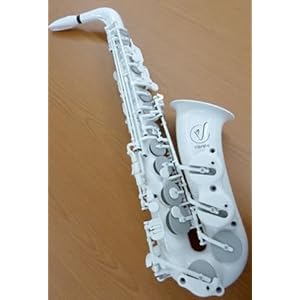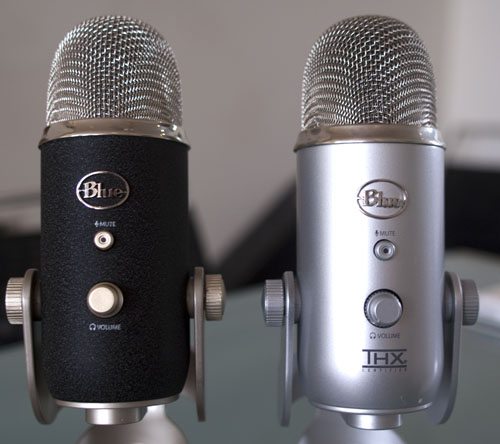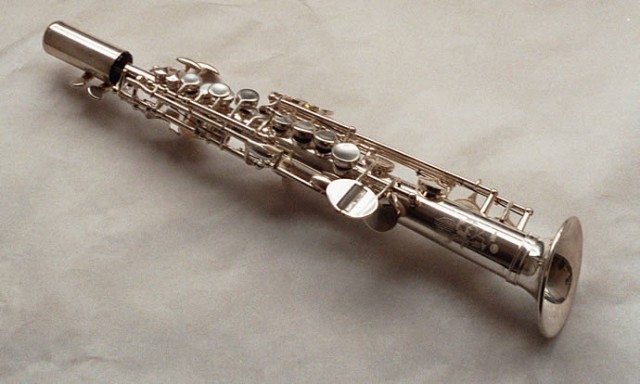Aimless on Campus
For most people, school has started or is about to start. It's an important time: summer is over and it's time to get back to the books. I'm sure most musicians will be in a music program, perhaps even a new and unfamiliar one- this is a truly exciting time! If you're like me, however, you might find yourself not in a school's music program (out of personal choice, or availability, or funds, or so on). You might not have an available practice room on campus, and you might wander around the buildings for the hours that you're not in class, wanting to play that saxophone (for example, of course) clutched firmly in your fist.
Well, as it happens I'm not doing all that much for school this semester- just the one class. I'll be in the community band, but that isn't until later. I do still practice, or need to anyway, but as you may have guessed, I haven't been able to find a place to play, as the college's band practices once a week on stage- there isn't a band room. I have hours of time with which to use for basically anything, but music is pretty much out of the question as my saxophone is built to be pretty darn loud. I suppose though that the good part about this is that I have no excuse not to do my homework.
Anyway, if you're like me, then I'm sure you've got to be itching to play by your second day spent aimlessly wandering the campus. Therefor, I suggest we put our collective heads together as we think of ways to keep practicing on campus (and by that, I mean I'll write a blog post about what I think).
 |
| An Empty Classroom |
Probably the most interesting suggestion I've had- one which has been reverberating within my mind for some days now -was from my old instructor with whom I still play. He said that back in his day, which had to of been under ten years ago, he would find a classroom nobody was using and would play in it on his down time. What makes this a good idea, and what makes me hesitant about it? Well to start, my saxophone- as I said earlier -was made to be loud: I have a metal mouthpiece fitted. If there are classes going on anywhere in the entire hallway it would be too loud. I would feel pretty bad about that, especially because I've gotten into practicing my upper altissimo on my soprano sax. Then again, there are a lot of abandoned classrooms when I'm on my six or so hour break. Some are pretty nice too.
I've also considered playing in a courtyard or field (like in a bad movie or something). My campus has some pretty huge outdoor spaces. There's actually a couple of fields with nothing but deer and geese in them where nobody would be able to hear me or be bothered for miles, but to be honest, I would probably get more ticks on my legs than a dog does in its lifetime: the places are pretty overgrown.
Someone at the school told me to join the radio club. Our school has a nice radio station, and they're actively looking for any musical talent to broadcast. I wont even go into the micing difficulties for the saxophone, because even though this is a pretty cool sounding idea, my goal here is to find a good way to practice- and to practice effectively. This is just like the game room: I hear that there's a piano on which many people often play- where I could jam with someone (potentially). Alas and again, this isn't exactly practicing.
For now, my situation seems hopeless, but I'll continue to bring my saxophone to school. There's always something to do, and there's always somewhere to play, so I'll remain diligent as always. But to be realistic, in my situation I can practice in the local high school after hours anytime I want. I suppose my point here is that if you're in a situation where your campus has no practice room and you're not a member of the official band, then you should get creative with your practice locations. Claim a spot that wont get in the way of any one's activities and start your practicing.

















